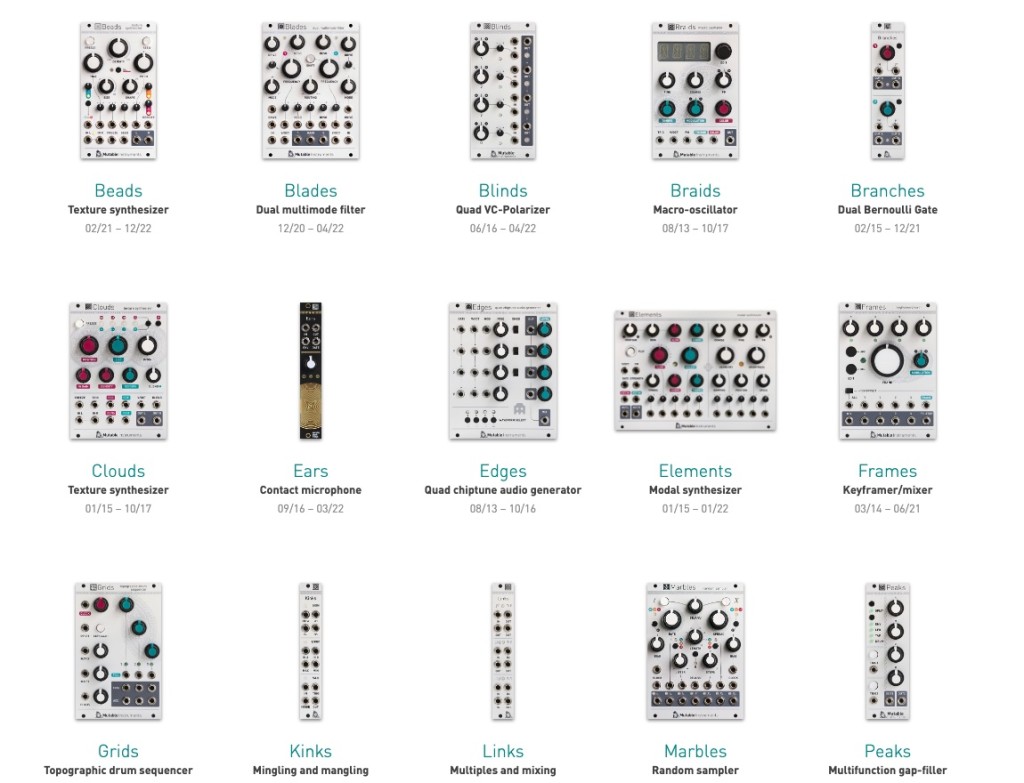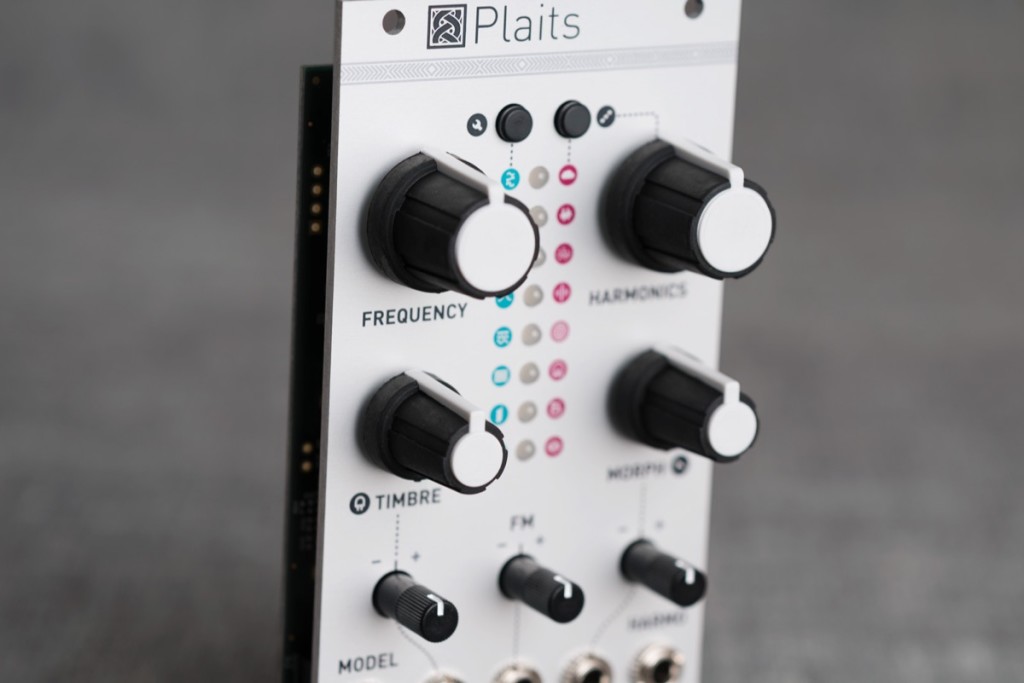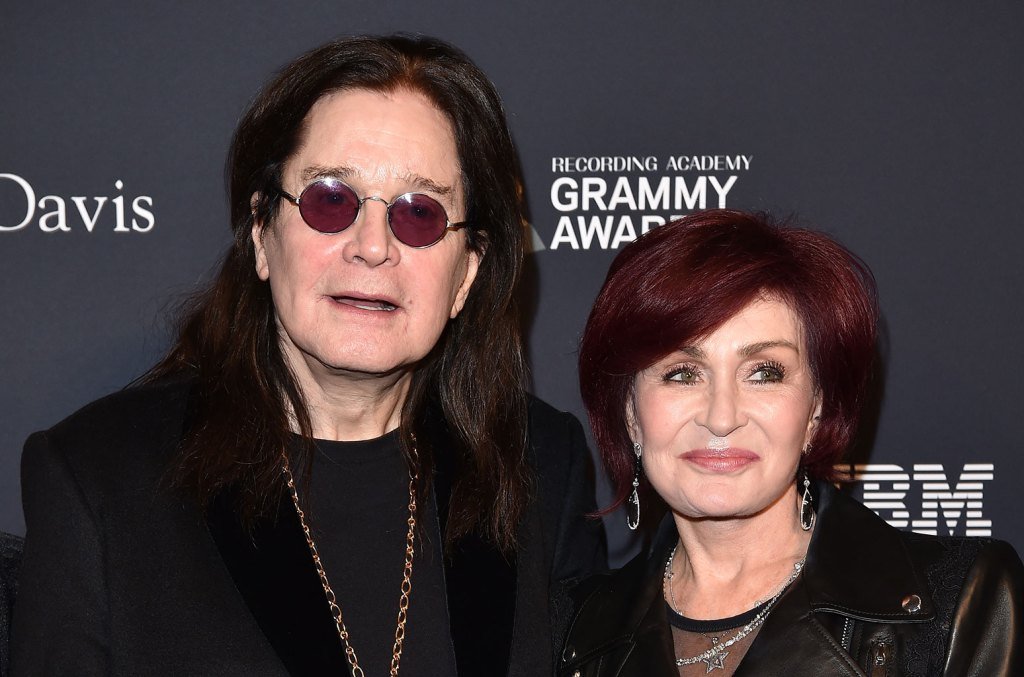What a way to go out. Mutable Instruments discontinues production this month, but leaves a reshaped modular landscape, a real legacy for open source design, and – oh yeah, still one more Plaits update new synth models and DX7 patch compatibility, too?
It’s simple: few builders have influenced electronic instrument building in recent years like Mutable Instruments and creator Émilie Gillet. The Mutable range has reshaped modular synthesis. Not only are the modules themselves a big part of rigs in recent years, but so are the ideas behind them. The popularization of digital sound sources, greater support for physical modeling and granular effects as part of the palette, and the distinctive, multi-functional approach to controls all owe something to the Mutable range.

Mutable Instruments modules are also multitaskers through and through, leading a wave of designs that did the same. In contrast to where Eurorack began, with fixed functions, few displays, and 70s archetypes for many of their functions, Mutable ushered in a generation of module makers who packed in alternate functionality, multiple oscillators, and hacked extras to be unlocked. That I think has also helped open up modular synthesis to users of small racks – because now a lunchbox or backpack rig can swap functions without having to add more modules. (It’s certainly the case for me!)
And that’s even before getting to Émilie’s greatest contribution, which is proving open-source hardware could work for a brand over the long haul. It seems like ancient history that we were talking Ambika and Shruthi-1, the desktop synths that launched everything else, or midipal, but you can still find those projects. And there are dev projects (hardware and software) that have inspired still other makers.
Mutable Instruments exits manufacturing this month but will live on through countless software and hardware creations built on those designs. Even speaking as an open-source advocate and part-time manufacturer myself, I can’t think of any brand that made end-user open-source music products quite like this for so long. I know first-hand what a challenge it can be, and frankly plenty of reasons why you wouldn’t stick to it.

Mutable has managed to demonstrate the best potential of open-source design. It’s led to interesting variations, modules in alternative form factors, hacks and remixes. It’s given some of the magical sounds of these modules to people who would otherwise never have gotten access – folks who can’t afford hardware, but play in VCV Rack. (I’ve used these modules to teach for the same reason.) And it means Mutable Instruments will continue to spawn popular modules even after Émilie moves on to other things.
But wait – Mutable Instruments is concluding operations with one last update.

So yeah… one more thing. There’s fresh firmware for one of Mutable’s all-time greatest hits, the Plaits multi-oscillator:
Plaits firmware update [Mutable Instruments forum]
And wow, does it do a lot.
In addition to improved responsiveness and sound and various fixes, you get new functionality, too:
- Octaves modes for frequency range selector.
- Alternate synthesis mode selection. (Press both buttons together briefly, and you can select next/previous with the two buttons.)
- New “orange bank” pitched sounds with that +/- selection (see below).
- Timbre input receives custom synth model data – transfer DX7 patches, custom wavetable synth waveforms, and wave terrains for wave synthesis (see below for that, too)
In detail, first those new pitched synthesis modesl:
1 Classic waveshapes with filter (HARMO: resonance and filter character – gentle 24dB/octave CCW, harsh 12dB/octave CW, TIMBRE: filter cutoff, MORPH: waveform and sub level, OUT: LP output, AUX: 12dB/octave HP output)
2 Phase distortion and modulation (HARMO: distortion frequency, TIMBRE: distortion amount, MORPH: distortion asymmetry, OUT: carrier is sync’ed (phase distortion), AUX: carrier is free-running (phase modulation)).
3, 4, 5 2-voice, 6-operator FM synth with 32 presets (HARMO: preset selection, TIMBRE: modulator(s) level, MORPH: envelope and modulation stretching/time-travel). The two voices are alternatively triggered whenever a trigger is received on the TRIG input. When the TRIG input is not patched, a single voice plays as a drone, and the MORPH knob allows time-travel along the envelopes and modulations. The LEVEL input is repurposed as a velocity control – controlling loudness or timbre depending on how each preset is programmed. Each model corresponds to a different bank of 32 presets among basses/synths, keyboards/plucked strings/percussions, organs/pads/strings/brass.
6 Wave terrain synthesis with continuous interpolation between eight 2D terrains (HARMO: terrain, TIMBRE: path radius, MORPH: path offset, OUT: Direct terrain height (z), AUX: Terrain height interpreted as phase distortion (sin(y+z)).
7 String machine emulation with stereo filter and chorus (HARMO: chord, TIMBRE: chorus/filter amount, MORPH: waveform, OUT: voices 1&3 predominantly, AUX: voices 2&4 predominantly).
8 Four variable square voices for chords or arpeggios (HARMO: chord, TIMBRE: arpeggio type or chord inversion, MORPH: PW/Sync, OUT: square wave voices, AUX: NES triangle voice, TIMBRE attenuverter: envelope shape). Plug a trigger input to clock the arpeggiator.
And you can send audio data into the TIMBRE input to modify synth models, too:
6-operator FM: transfer of 32 custom patches in DX7 SysEx format. They will replace one of the built-in banks.
Wave terrain synthesis: transfer of a custom wave terrain.
Wavetable synthesis: transfer of 15 custom waveforms and customization of bank 4’s wave map.
Like I said – an incredible swan song. You can also try a (semi-experimental) browser-based Plaits editor.
It’s an incredible legacy to leave behind, on every level. At the same time, I’m personally glad to hear that Émilie is headed on a new path, and I wish her the best of luck. CDM alone for me is now entering its nineteenth year or something, and – we are all also more than just who we are in the synth world. I think I can say that with some confidence now.
We tend to live in a world that celebrates continuing – which has its own value. But we don’t often pause to celebrate stopping, moving on, changing direction. Those can inspire, too. So truly, all the best to Émilie. And thank you. We’re a great many of us in your debt.
https://mutable-instruments.net
https://github.com/pichenettes




